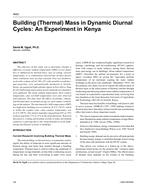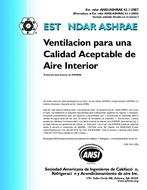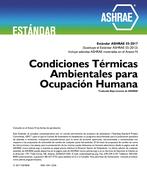Description
The objective of this study was to determine whether a difference in mean radiant temperature (MRT) in test chambers is influenced by thermal mass, type of ceiling, exterior temperature, or a combination (interaction) of these factors when ventilation rates are kept constant. Four test chambers, each with a volume of 8 m3 (86.1 ft3) with variable overall thermal properties, were parametrically monitored in Nairobi, Kenya, an equatorial high-altitude region in East Africa. Data for dry-bulb temperature at four levels within the test chambers were gathered. The mean radiant temperature, floor surface temperature, and, wet-bulb temperature were also observed and analyzed. The data show the effects of altitude, climate, and thermal mass on annual energy use and comfort in buildings at the equator. The maximum dry-bulb temperature (DBT) in a high-mass building was recorded at 24.5°C (76°F), which is within the comfort zone, when outdoor temperature was 31.4°C (89°F). The relative humidity ranged from 65% to 79% at dawn and from 17% to 31% in the mid-afternoon. Research into passive cooling and heating systems in many developing countries is growing due to the rising demand of costly high-energy mechanical systems in buildings.
Units: Dual
Citation: ASHRAE Transactions, vol. 109, pt. 1
Product Details
- Published:
- 2003
- Number of Pages:
- 9
- File Size:
- 1 file , 560 KB
- Product Code(s):
- D-20913




